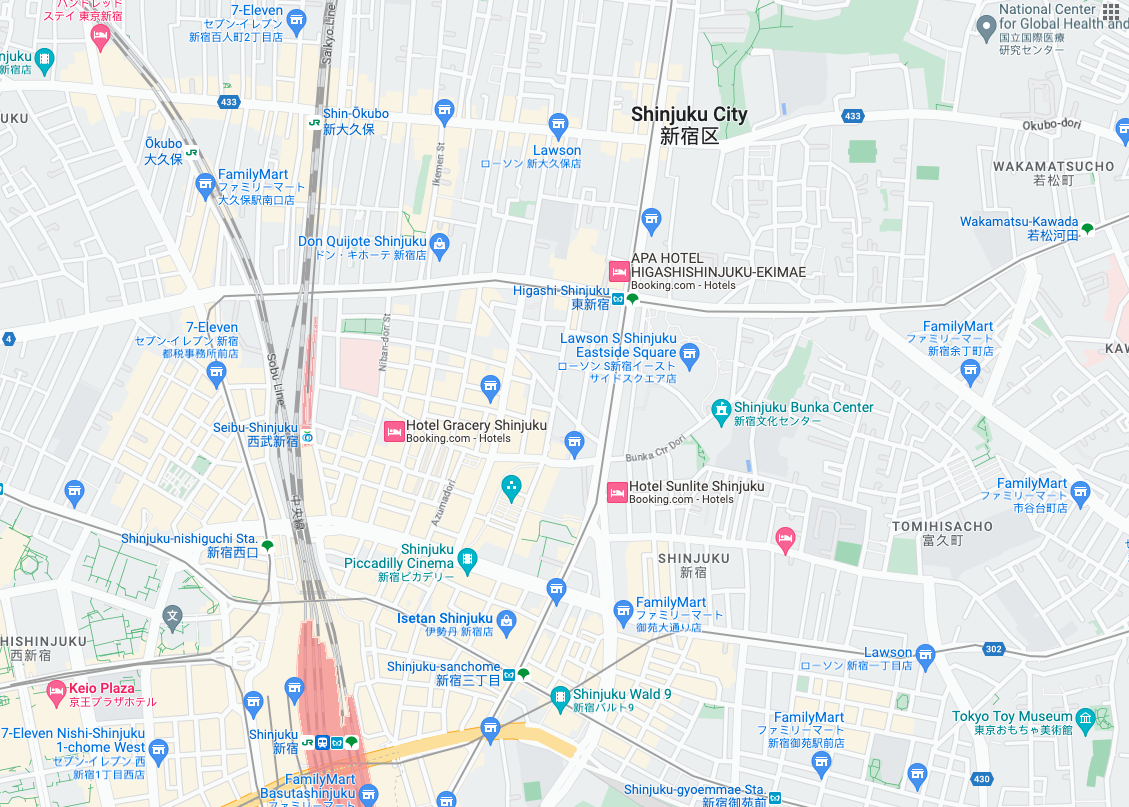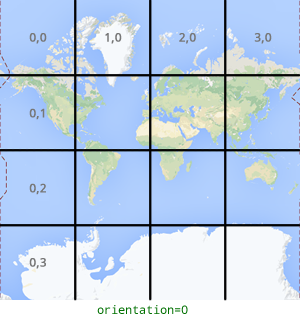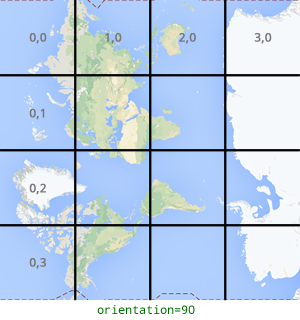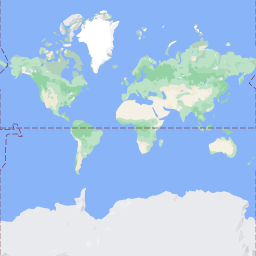 مربّعات خريطة الطريق هي مربّعات صور تستند إلى بيانات طبوغرافية متجهة
مع أسلوب رسم الخرائط من Google. ويشمل ذلك الطرق والمباني ونقاط الاهتمام والحدود السياسية.
مربّعات خريطة الطريق هي مربّعات صور تستند إلى بيانات طبوغرافية متجهة
مع أسلوب رسم الخرائط من Google. ويشمل ذلك الطرق والمباني ونقاط الاهتمام والحدود السياسية.
الحصول على مربّعات خارطة الطريق
يمكنك البدء في تقديم طلبات للحصول على مربّعات في خارطة الطريق بعد الحصول على رمز مميّز للجلسة. بما أنّ رمز الجلسة ينطبق على الجلسة بأكملها، ليس عليك تحديد خيارات الخريطة مع طلبات المربّعات.
يوضّح نموذج الرمز البرمجي التالي طلبًا نموذجيًا لرمز مميّز للجلسة من أجل مربّعات خريطة الطريق.
curl -X POST -d '{ "mapType": "roadmap", "language": "en-US", "region": "US" }' \ -H 'Content-Type: application/json' \ "https://tile.googleapis.com/v1/createSession?key=YOUR_API_KEY"
يمكنك الحصول على مربّعات خريطة الطريق من خلال إرسال طلب GET عبر HTTPS، كما هو موضّح في المثال التالي.
curl "https://tile.googleapis.com/v1/2dtiles/z/x/y?session=YOUR_SESSION_TOKEN &key=YOUR_API_KEY &orientation=0_or_90_or_180_or_270"
في طلب GET HTTPS هذا، يمثّل z مستوى التكبير/التصغير (يتراوح بين 0 و22)، ويمثّل x وy إحداثيات المربّع الذي تريد استرداده.
المَعلمة orientation اختيارية. تحدّد قيمته عدد درجات دوران صورة المربّع عكس اتجاه عقارب الساعة. orientation متوافق مع مربّعات roadmap، كما أنّه متوافق مع طلبات صور الأقمار الصناعية والتضاريس التي تمت إزالة الصور الأساسية منها باستخدام "overlay": true، ومع ضبط layerTypes. قيم orientation الصالحة هي 0 (القيمة التلقائية) و90 و180 و270.
لا يتم تدوير شبكة إحداثيات المربّعات إذا تضمّنت قيمة orientation. على سبيل المثال، إذا ضبطت قيمة orientation على 90، سيظل الإحداثي x يحدّد موضع المربّع من اليسار إلى اليمين، أي من الشمال إلى الجنوب على الخريطة في هذه الحالة.
| الاتجاه بزاوية صفر درجة | الاتجاه بزاوية 90 درجة |
|---|---|
 |
 |
مثال على طلب مربّع
لنأخذ المثال التالي الذي يطلب مربّعًا واحدًا يحتوي على العالم بأسره. في هذا المثال، مستوى التكبير/التصغير هو 0، وإحداثيات x وy هي 0 و0.
curl "https://tile.googleapis.com/v1/2dtiles/0/0/0?session=YOUR_SESSION_TOKEN&key=YOUR_API_KEY" --output /tmp/example_tile.png
في هذا المثال، ما مِن رسالة استجابة من الخادم. بدلاً من ذلك، يتم تنزيل المربّع إلى ملف محلي، مع الإحصاءات التالية.

% Total % Received % Xferd Average Speed Time Time Time Current Dload Upload Total Spent Left Speed 100 8335 100 8335 0 0 51471 0 --:--:-- --:--:-- --:--:-- 54835
للحصول على معلومات حول رؤوس رسائل الردود، يُرجى الاطّلاع على الجلب المسبق للمحتوى أو تخزينه مؤقتًا أو تخزينه.

